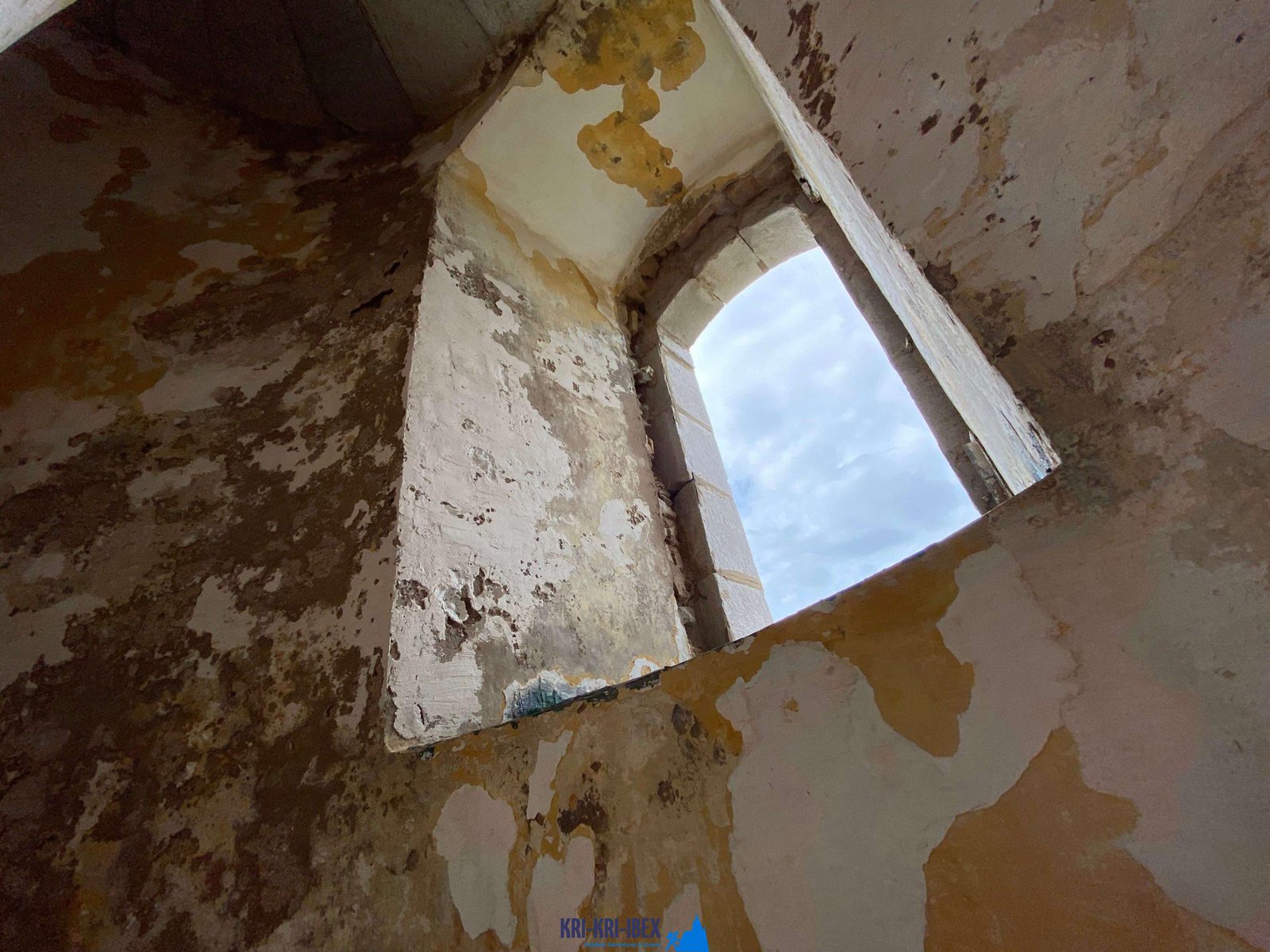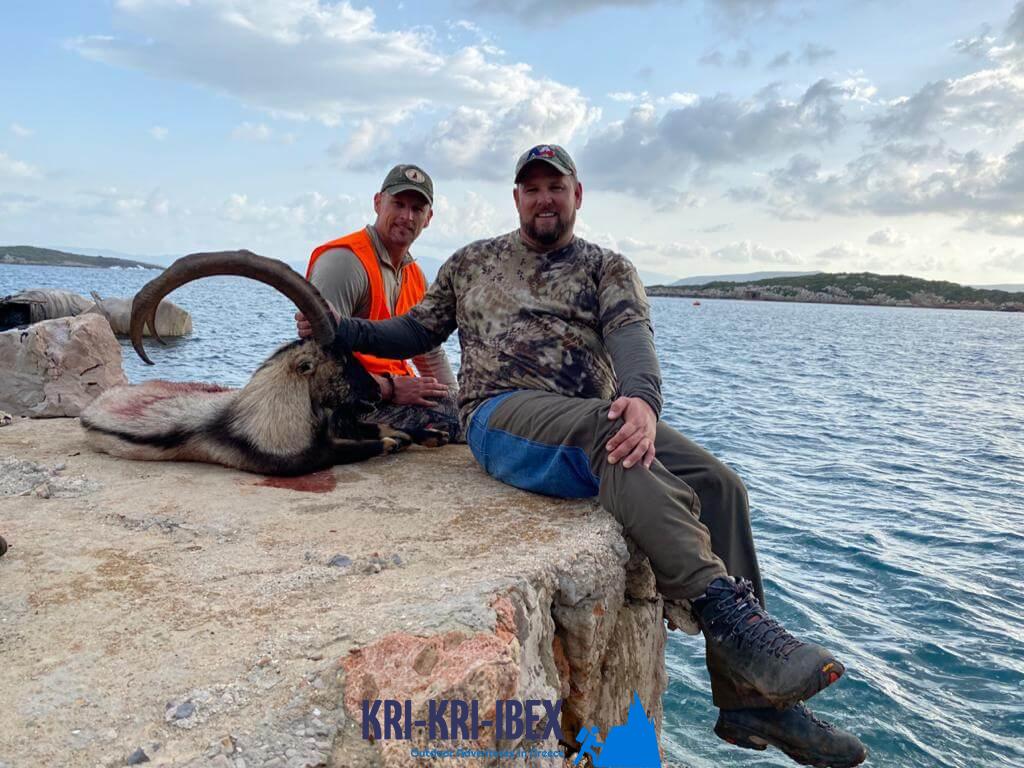
Searching for Kri Kri ibex in Greece is an incredible trip and an amazing searching exploration all rolled right into one. For most hunters, ibex searching is a challenging undertaking with unpleasant conditions, however not in this instance! During 5 days of touring ancient Greece, diving to shipwrecks, and spearing, you'll run into lovely Kri Kri ibex on an unique island. What else could you desire?

Greece is a stunning nation with a lot of possibilities for tourists. There are spectacular coastlines, old damages, as well as scrumptious food to enjoy. Furthermore, there are many tasks offered such as winter sports, walking, as well as biking. Greece is the perfect location for anybody searching for a trip filled with journey and also exhilaration.
To lots of people, The Peloponnese peninsula on the Greek Mainland is the 'actual' Greece, where things have not changed much whatsoever over the centuries although that many people have actually uncovered it. This is a location where you might easily spend a month or more but if you are short on time then our hunting and touring Peloponnese Tours from Methoni is a fantastic solution. This covers a significant amount of ground to several of Europe's the majority of extraordinary websites in simply 5 days. You absolutely won't believe what you see! Whilst the Peloponnese is residence to several of the most effective coastlines in Greece there are a lot of points to do as well as see that it is really a year-round location. Whilst Summer is the ideal time to invest at the falls and coastlines, Spring as well as Autumn are outstanding for hiking and checking out Ancient Ruins, Caves and also Archeological websites. Even winter season is luring as much of the villages and also towns receive some snow, specifically in the mountains, as well as the rock design as well as wineries offer themselves to cosy moments by an open fire. The covered dishes and conventional winter food is scrumptious and also passionate. No matter what time of year you select you will certainly find the crowds very manageable and in numerous places, non-existent.
Experience 'Real' Greece with Our Peloponnese Tours. If you're looking for a genuine Greek experience, look no further than our Peloponnese excursions. From old damages as well as castles to scrumptious food as well as white wine, we'll show you every little thing that this impressive region has to offer. What are you waiting for? Book your journey today! Your Kri Kri ibex searching in Greece is below!
What is the diference between Kri Kri ibex, Bezoar ibex and hybrid ibex
The kri-kri is not thought to be indigenous to Crete, most likely having been imported to the island during the time of the Minoan civilization. Nevertheless, it is found nowhere else and is therefore endemic to Crete. It was common throughout the Aegean but the peaks of the 8,000 ft (2,400 m) White Mountains of Western Crete are their last strongholds–particularly a series of almost vertical 3,000 ft (900 m) cliffs called ‘the Untrodden’—at the head of the Samaria Gorge. This mountain range, which hosts another 14 endemic animal species, is protected as a UNESCO Biosphere Reserve. In total, their range extends to the White Mountains, the Samaria National Forest and the islets of Dia, Thodorou, and Agii Pandes.
This Ibex is NOT a diminutive form of the Bezoar Ibex, which has migrated into the western-most reach of the range of this species. The kri – kri (Capra aegagrus cretica), sometimes called the Cretan goat, Agrimi, or Cretan Ibex, is a feral goat inhabiting the Eastern Mediterranean, previously considered a subspecies of wild goat. The kri-kri has a light brownish coat with a darker band around its neck. It has two horns that sweep back from the head. In the wild they are shy and avoid tourists, resting during the day. The animal can leap some distance or climb seemingly sheer cliffs.
“The agrimi goat Capra aegagrus cretica is unique to Crete and its offshore islands. It has been identi®ed as a sub-species of the wild bezoar goat Capra aegagrus aegagrus Erxleben, 1777, which it closely resembles in horn shape, body form and coloration. This classi®cation has been disputed by some researchers who claim that the agrimi are feral goats, derived from early domestic stock brought to the island by the ®rst Neolithic settlers. In order to clarify this issue, DNA analyses (cytochrome b and D loop sequences) were carried out on tissue of live and skeletonized agrimi and compared to sequences of wild and domestic caprines. Results conclusively show the agrimi to be a feral animal, that clades with domestic goats (Capra hircus) rather than with wild Asiatic bezoar. This study demonstrates that morphometric criteria do not necessarily re¯ect genetic af®nities, and that the taxonomic classi®cation of agrimi should be revised.”